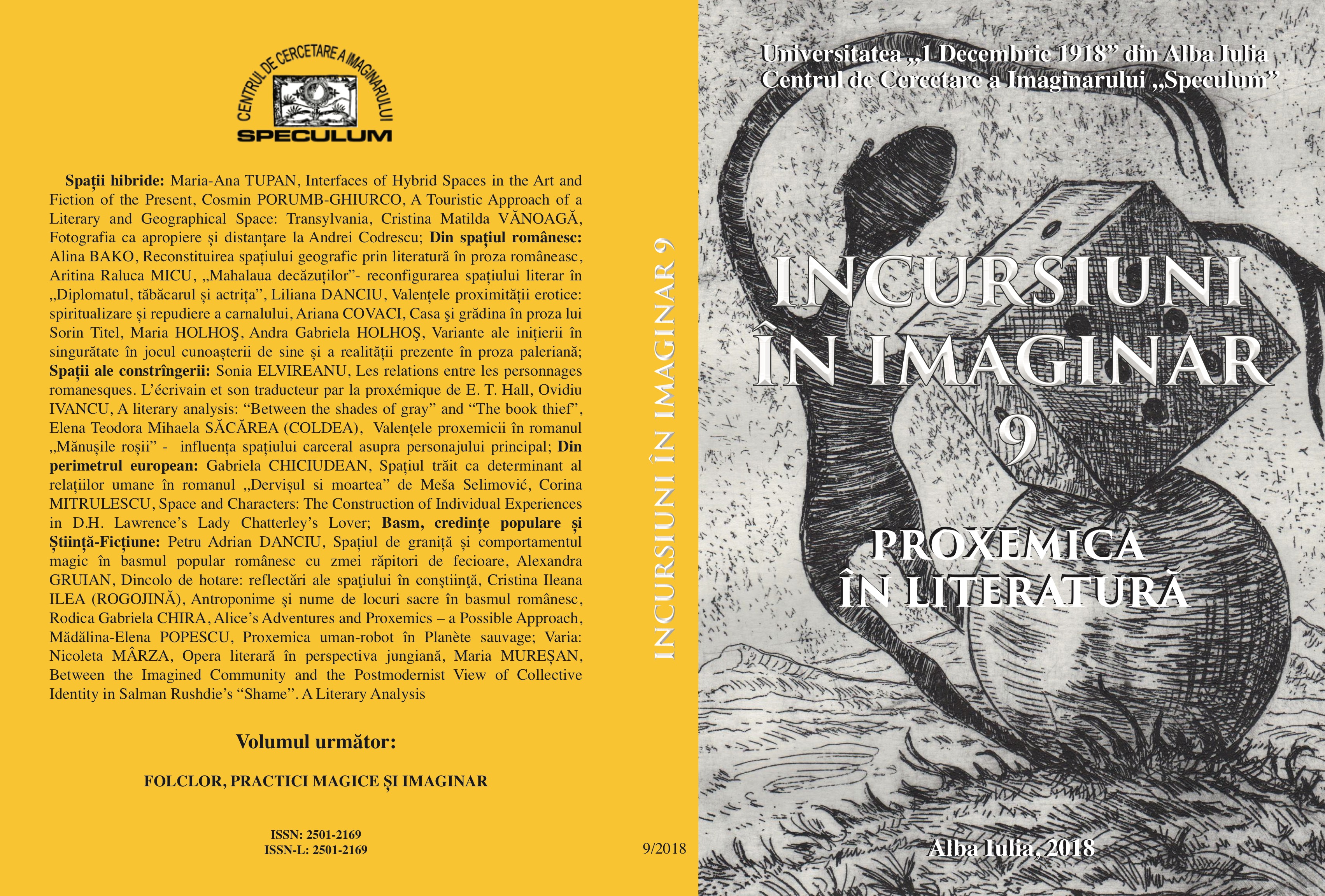Interfaces of Hybrid Spaces in the Art and Fiction of thePresent
Interfaces of Hybrid Spaces in the Art and Fiction of thePresent
Author(s): Maria-Ana TupanSubject(s): Language and Literature Studies, Studies of Literature, Theory of Literature
Published by: Editura Aeternitas
Keywords: proxemics; hybrid spaces; ontological écart; holism;
Summary/Abstract: A discussion of space in works of art categorized as fantastic has to start from a revision of this subgenre of non-factual literature at a time when concepts previously used, such as violation of the physical laws, estrangement, intrusion of the otherworldly, hesitation between explanations, experience of limits, etc. were rendered inoperative by the new physics and polyvalent logic. By assuming that ontological écart can still be defended as valid ground for generic identification, we examine there presentation of the clash between worlds or ontological levels defined by distinct properties, the list including the physical universe, the imaginary, the order of artifacts and the 3D model of generation, which builds three-dimensional entities out of two-dimensional images, the reverse also being possible. None of these four levels can be said to emerge out of the other three, which legitimates their distinct position in a system of levels. In works of the fantastic, thereis a loop or a feedback between two or more such levels. Setting out from the pioneering art of Magritte, who juxtaposes images of disrupted ontological continuity, and Borges who does the same in works of fiction, postmodernity’s artists - such as novelists Christine Brooke-Rose, Kate Wilhelm, William Gibson, and painters Mariusz Lewandowski, Tullius Heuer, and Conrad Jon Godly – offer counter examples, where the issue of distinct ontogenesis is thematized.
Journal: Incursiuni în imaginar
- Issue Year: 1/2018
- Issue No: 9
- Page Range: 13-28
- Page Count: 16
- Language: English

